Debussys Paris
Debussys Paris
Piano Portraits of the Belle poque
Catherine Kautsky
ROWMAN & LITTLEFIELD
Lanham Boulder New York London
Published by Rowman & Littlefield
A wholly owned subsidiary of The Rowman & Littlefield Publishing Group, Inc.
4501 Forbes Boulevard, Suite 200, Lanham, Maryland 20706
www.rowman.com
Unit A, Whitacre Mews, 26-34 Stannary Street, London SE11 4AB
Copyright 2017 by Rowman & Littlefield
All rights reserved. No part of this book may be reproduced in any form or by any electronic or mechanical means, including information storage and retrieval systems, without written permission from the publisher, except by a reviewer who may quote passages in a review.
British Library Cataloguing in Publication Information Available
Library of Congress Cataloging-in-Publication Data
Names: Kautsky, Catherine.
Title: Debussys Paris : piano portraits of the belle poque / Catherine Kautsky.
Description: Lanham, Maryland : Rowman & Littlefield, 2017. | Includes bibliographical references and index.
Identifiers: LCCN 2017007048 (print) | LCCN 2017009195 (ebook) | ISBN 9781442269828 (cloth : alk. paper) | ISBN 9781442269835 (electronic)
Subjects: LCSH: Debussy, Claude, 18621918. Piano music. | Debussy, Claude, 18621918Homes and hauntsFranceParis. | Paris (France)Description and travel. | Piano music20th centuryHistory and criticism. | Piano music19th centuryHistory and criticism.
Classification: LCC ML410.D28 K2 2017 (print) | LCC ML410.D28 (ebook) | DDC 786.2092dc23 LC record available at https://lccn.loc.gov/2017007048
 The paper used in this publication meets the minimum requirements of American National Standard for Information SciencesPermanence of Paper for Printed Library Materials, ANSI/NISO Z39.48-1992.
The paper used in this publication meets the minimum requirements of American National Standard for Information SciencesPermanence of Paper for Printed Library Materials, ANSI/NISO Z39.48-1992.
Printed in the United States of America
To my husband, Dan, with love and thanks.
Contents
Preface
A s a pianist and piano professor I spend most of my days playing the piano, orso much more easilytelling other people how to play. Writing this book is an aberration, and it feels a bit foreign; Im accustomed to hearing rather than seeing my thoughts take shape. As it happens, not only the writing, but also the music itself lies out of my comfort zone. The music I first knew and loved is the music of ViennaMozart, Haydn, Beethoven, and Schubert. Perhaps something is genetically transmitted about geographical origins, for both my parents grew up in Vienna, and though I am very American, that music feels like home. Or it did until a splendid sabbatical year spent in Paris in the midnineties, when all of a sudden that city became a lasting and treasured part of my life. We lived in the beautiful sixth arrondissement, surrounded by stores whose wares we could never afford, but also next door to the famous Poilne bakery and near the incomparable Debauve & Gallais chocolate shop. I needed nothing more to fall in love with France, but as it happens the people were as special as the chocolate. Their generosity was astounding, and the value they placed on friendship was transformative. I was hooked, and I have returned to France almost every year for the twenty-some years since that sabbatical.
And so, little by little, this book was born. It emerged out of a fascination with the intimate interactions between music and social history, and nowhere, it seems to me, is that more evident than in the music of Debussy and the city of Paris. Though Debussy himself was avowedly apolitical, his compositions, or at least their titles, are so consistently referential that one can glean from a simple glossary a whole array of social issues confronting Paris at the turn of the century. And ditto for literature. Debussy is known for his sensitivity to images, and in fact we all, mistakenly or not, have happily labeled him an impressionist, thus placing him perpetually in the company of painters. But he was at least as attuned to words, and not only his use of text and his references to stories and poems but also his thoughts and concerns themselves place him smack in the middle of the literary traditions of his time. Baudelaire, Proust, Colette, Verlainethese are his colleagues in every sense of the word.
For me, this combination of words, music, political inference, and a wonderful city has been irresistible, and the necessity of returning to Paris again and again in order to complete research for this book has been a glorious by-product of the decision to write. For those trips, and in a larger sense, for the support of almost every project I have undertaken in the last thirty years, I have Lawrence University to thank, and in particular its very wonderful provost emeritus, Dave Burrows, who somehow, miraculously, managed to treat every faculty member as if their interests were not only his own but also absolutely critical to the world-at-large.
I also have two people, in particular, to thank for the inspiration they provided in undertaking this project. Shortly following my first sabbatical in Paris, I spent a year in London, directing the Lawrence University London Center. I was lucky enough that year to meet both Roy Howat and Paul Roberts. Both are first-rate Debussy scholars as well as superb pianists, and both have remained friends to this day, proving invaluable as I pursued this project. Roy, one of the editors of the new complete Durand edition of Debussy and the recent author of the all-encompassing book The Art of French Piano Music , has provided not only vital knowledge but also much personal assistance at crucial moments in my research. And to Paul, I owe the entire idea, and much of the working out, of this project. His magnificent book Images: The Piano Music of Claude Debussy , provided me with my first inkling of all the many strandsartistic, literary, and historicalthat relate to Debussys compositions. I returned to it several times over the years but refrained from reading it recently as I worked on this manuscript, preferring to rely as much as possible on primary sources. When I glanced at it again in preparing my final draft, I was struck (and somewhat taken aback!) by how many similarities there were between his thoughts and mine. My interests veer toward social history where his veer toward visual art, but we have used many of the same sources, and there is no question that his book, for good reason, lodged permanently in my subconscious and influenced much of my thinking as I planned the topics Id address. I continue to find his insights brilliant and can only hope to have added a very little bit to his splendid descriptions of Debussys larger world.
Since most of the topics in my book are well outside my area of expertise as a performer, I am beholden to any number of sources on a large variety of topics. Two spring particularly to mind: Rae Beth Gordons extraordinary book Dances with Darwin , 18751910, which introduced me to so many of the ideas regarding the intersections of dance, race, and mental health that are mentioned in chapter 4, and Mary McAuliffes impeccably researched books entitled Dawn of the Belle Epoque and Twilight of the Belle Epoque , which provided not only countless stimulating facts but also models of readability and lively prose.
My list of more personal helpers to acknowledge is long, and my thanks to them heartfelt. Ill start with my editor, Natalie Mandziuk, whose unflagging enthusiasm for the project, thoughtful criticisms, and constant availability has quite literally made the difference between success and failure. I have never stopped feeling grateful for her engagement, clarity of mind, and commitment. She has always been there when I needed her, and her advice is unfailingly sensible and helpful. The librarians at Lawrence University, especially Antoinette Powell and Colette Lunday Brautigam, have made my work infinitely easier, assisting with both research and the mechanics of permissions and scanning. Kim Kroeger has worked with me on logging artworks and on constructing a website; her patience and expertise have saved me many an hour of organizational work for which Im both ill suited and ill disposed.
Next page
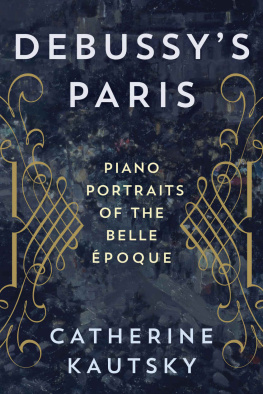
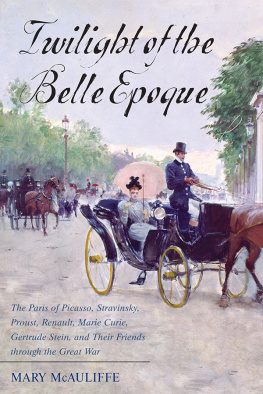
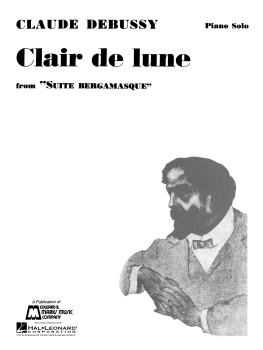
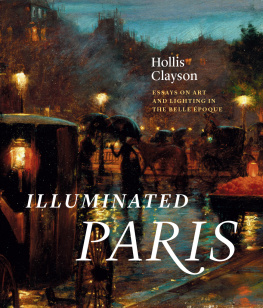
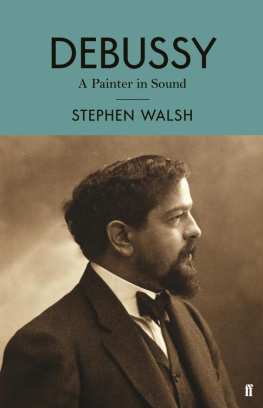
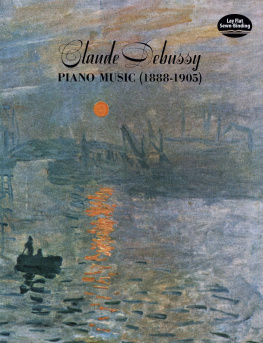

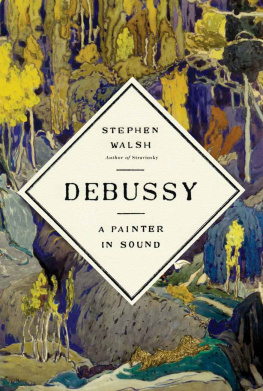
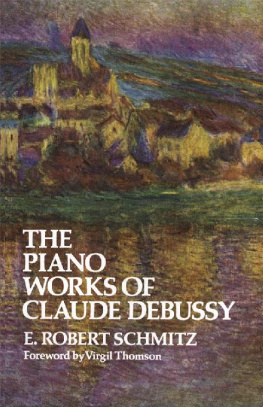
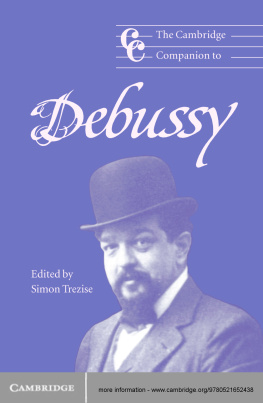
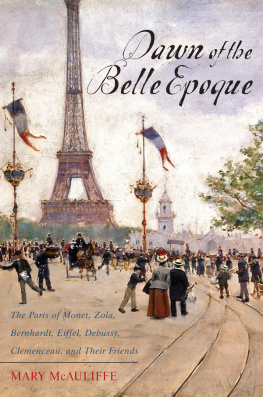
 The paper used in this publication meets the minimum requirements of American National Standard for Information SciencesPermanence of Paper for Printed Library Materials, ANSI/NISO Z39.48-1992.
The paper used in this publication meets the minimum requirements of American National Standard for Information SciencesPermanence of Paper for Printed Library Materials, ANSI/NISO Z39.48-1992.